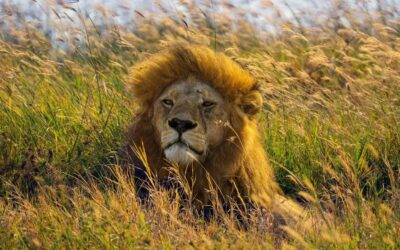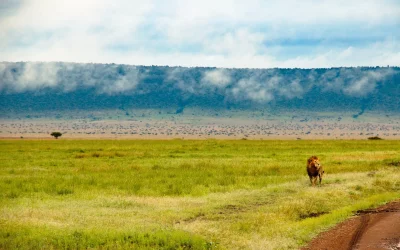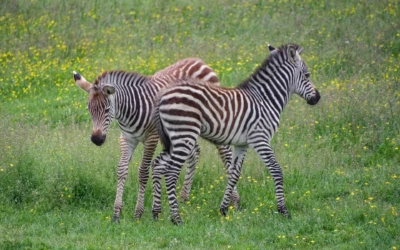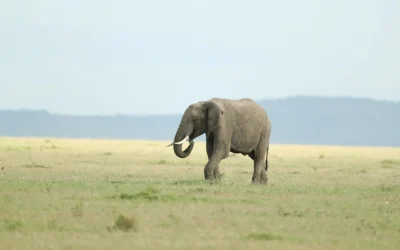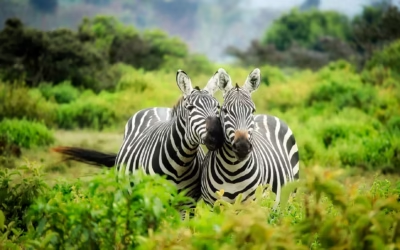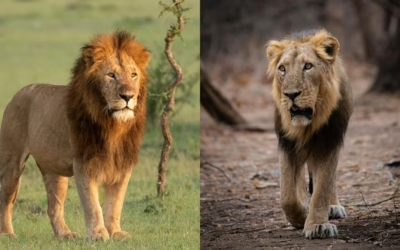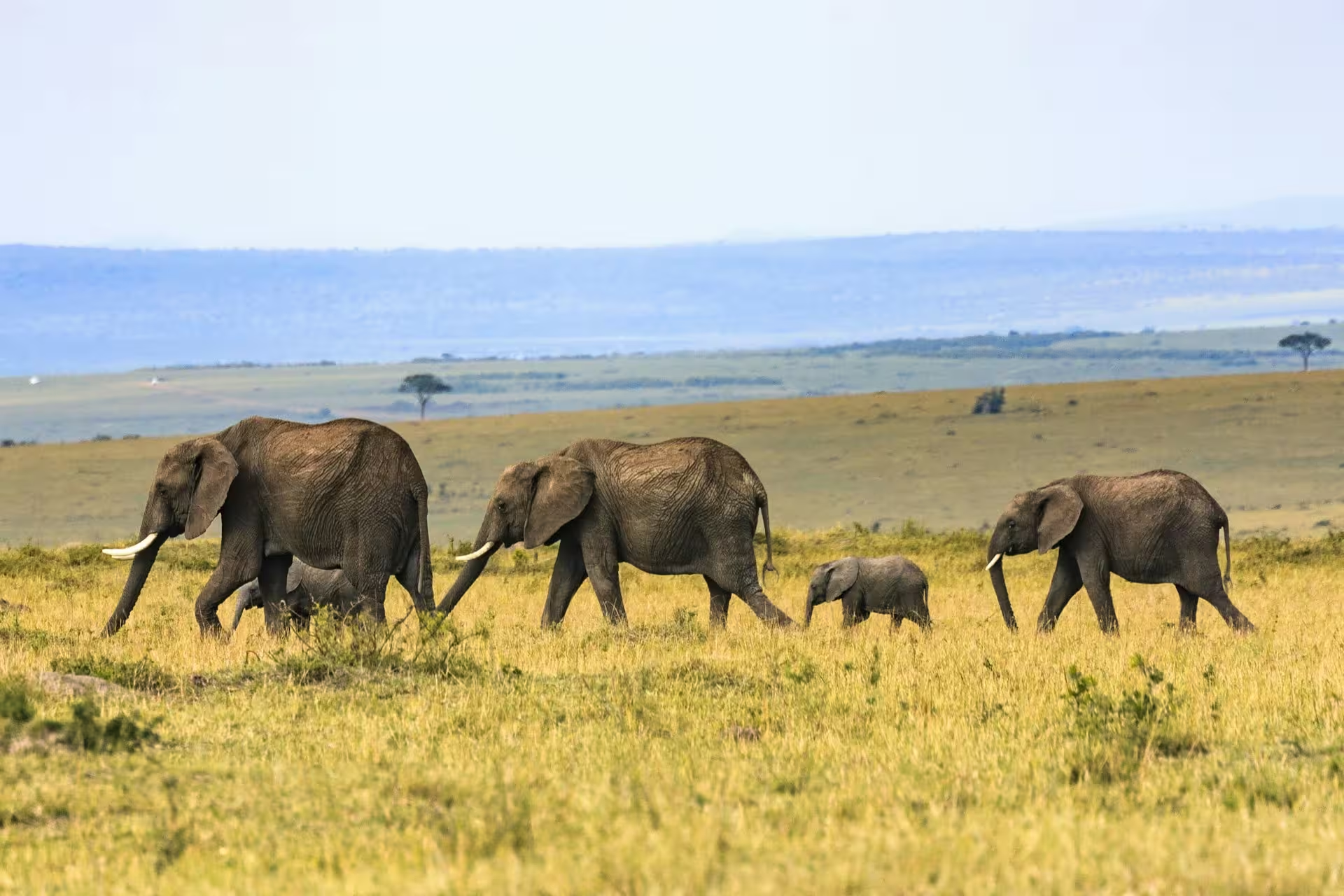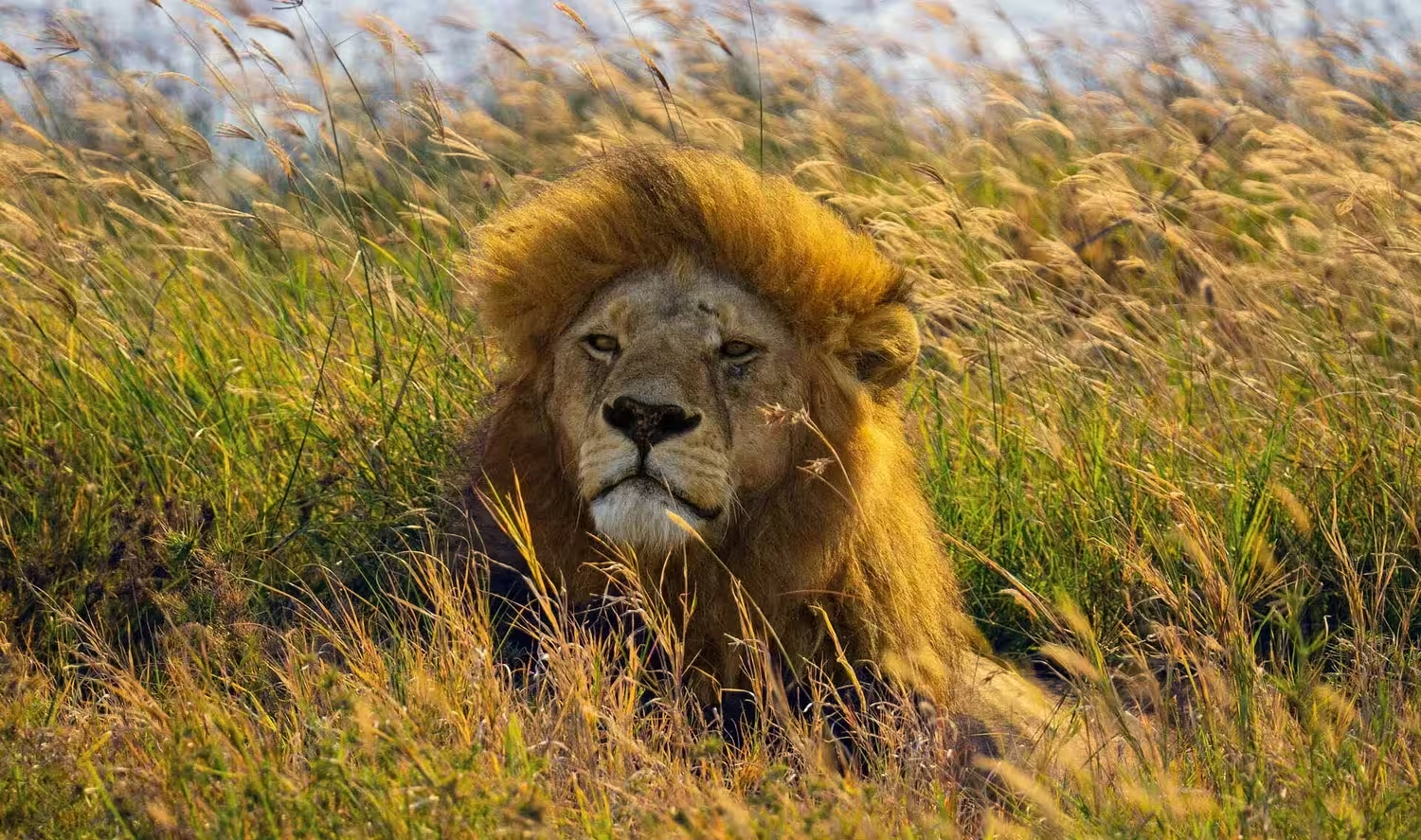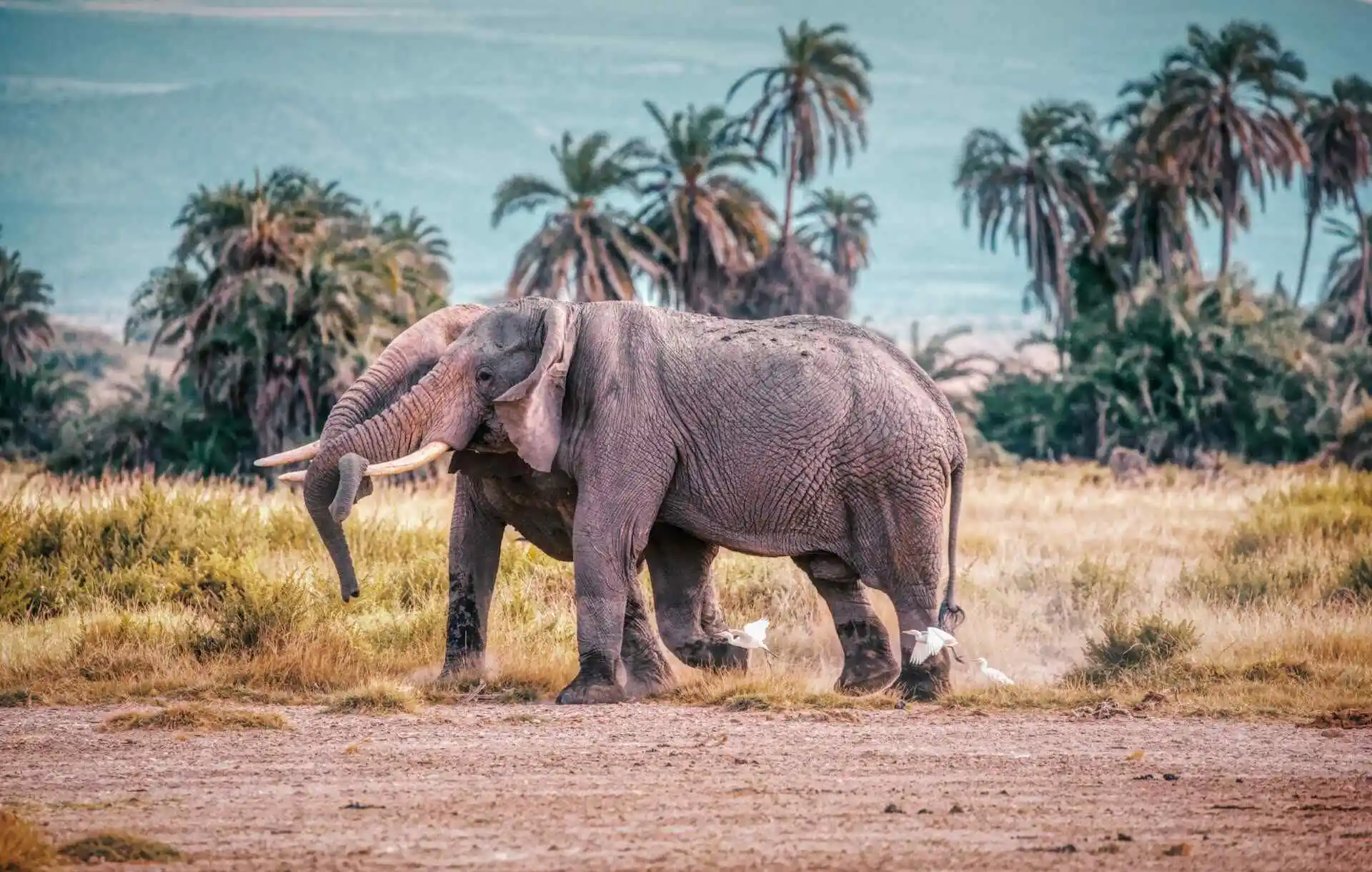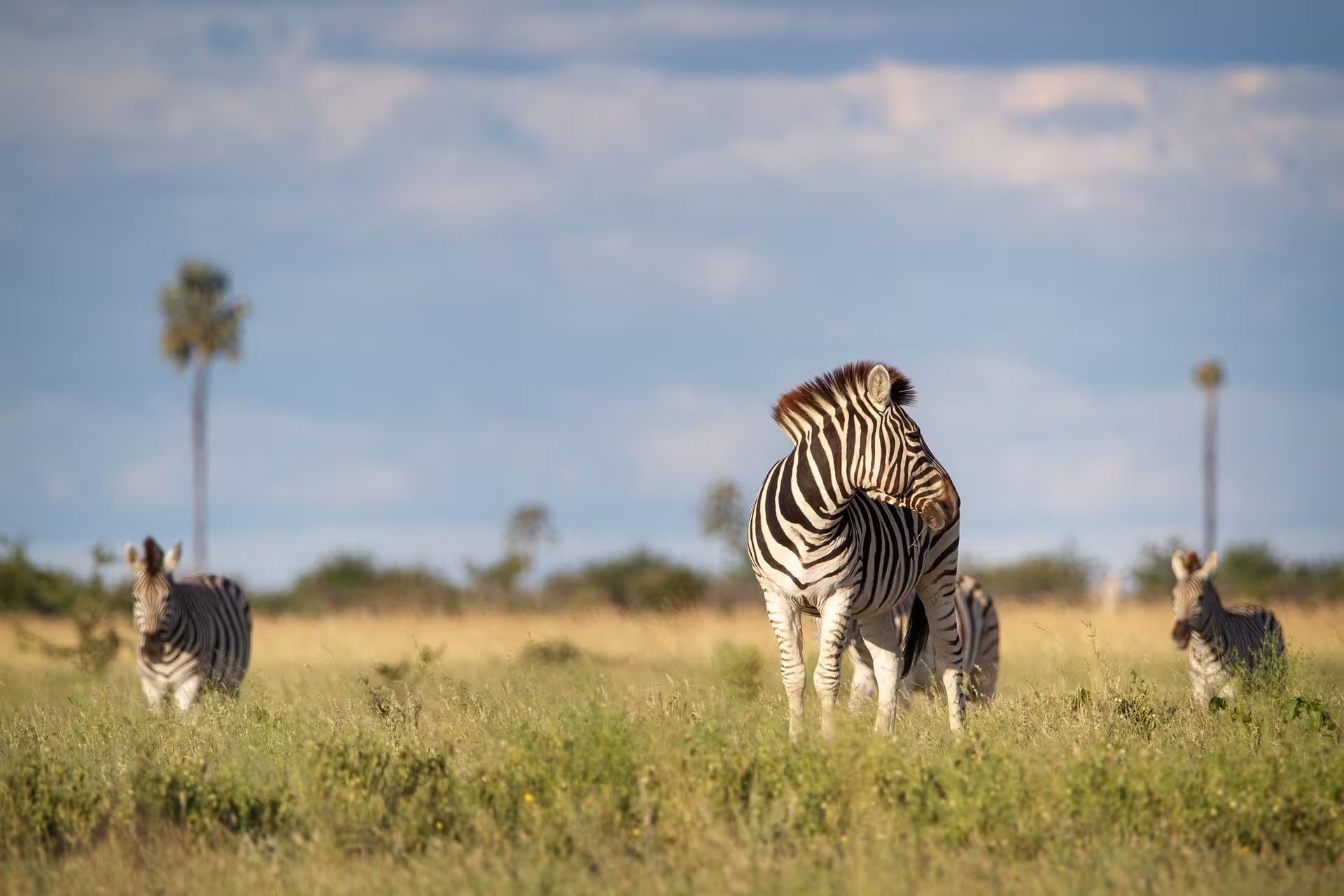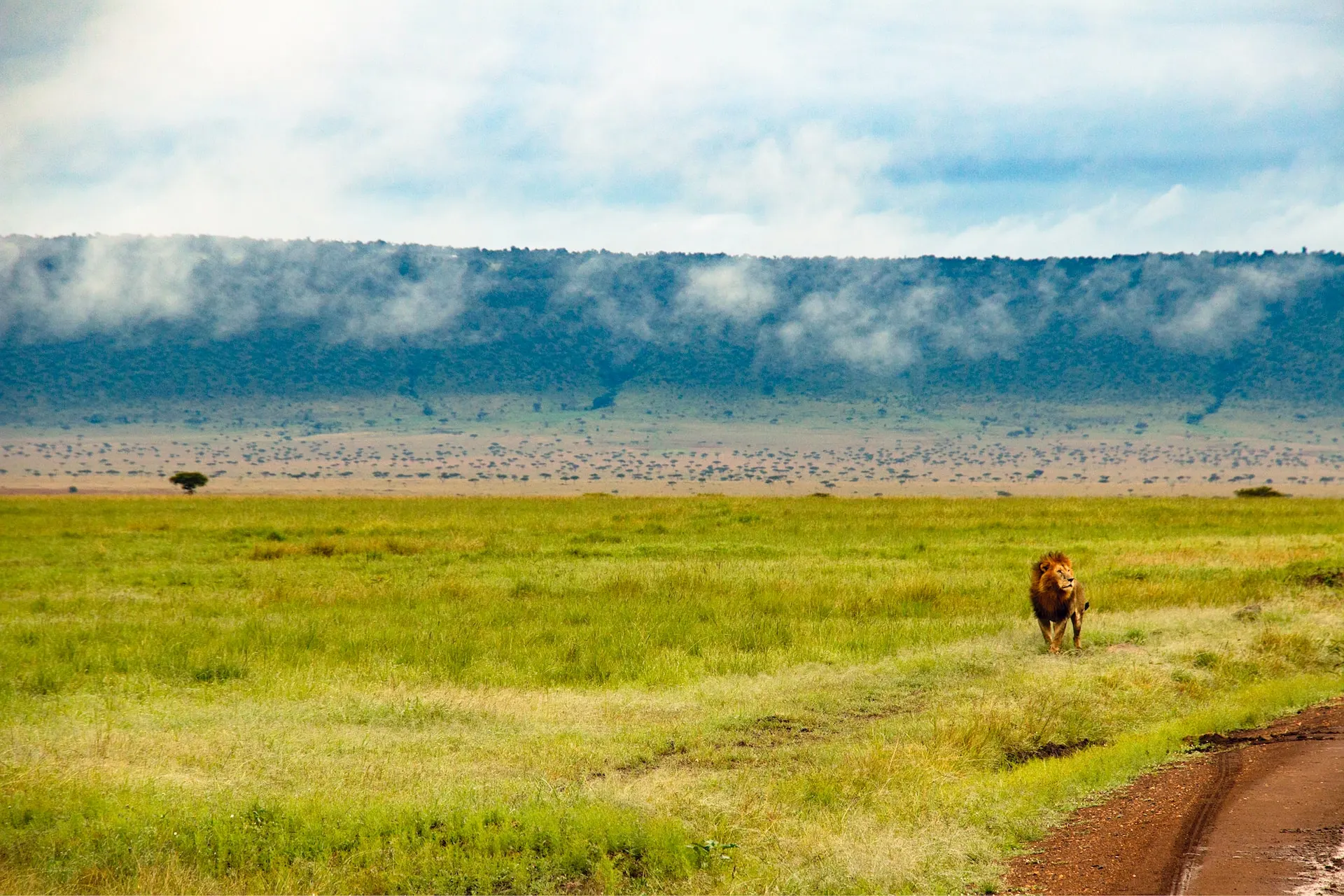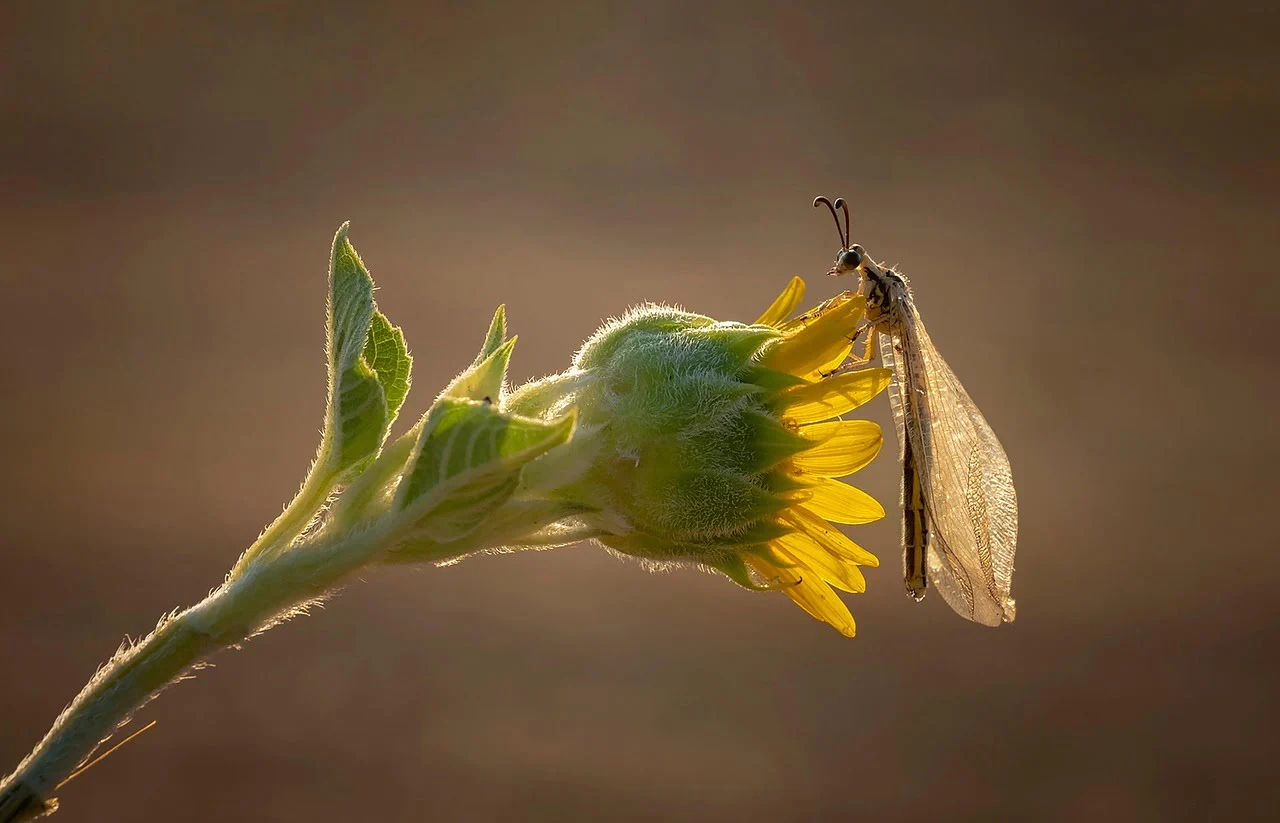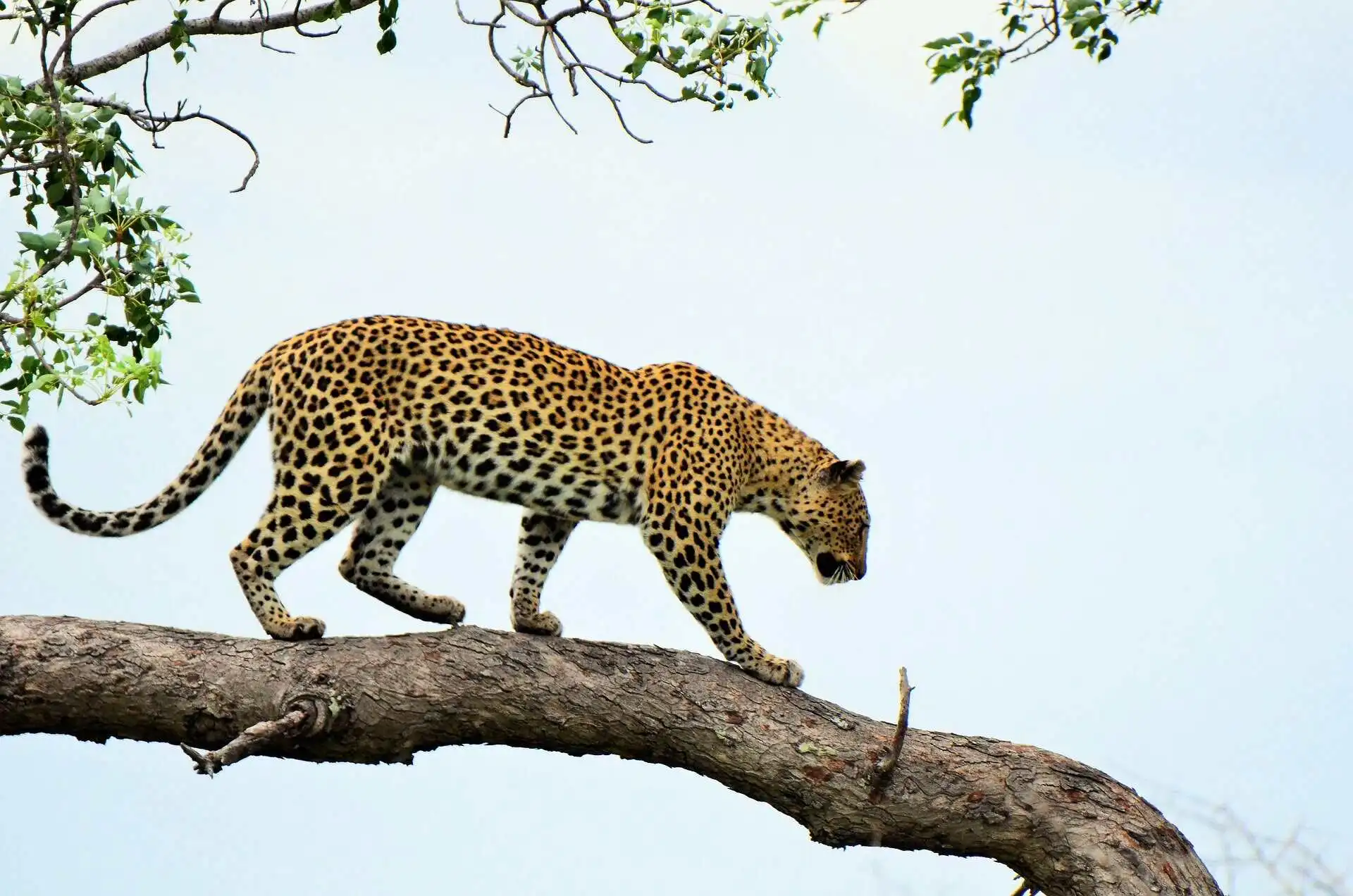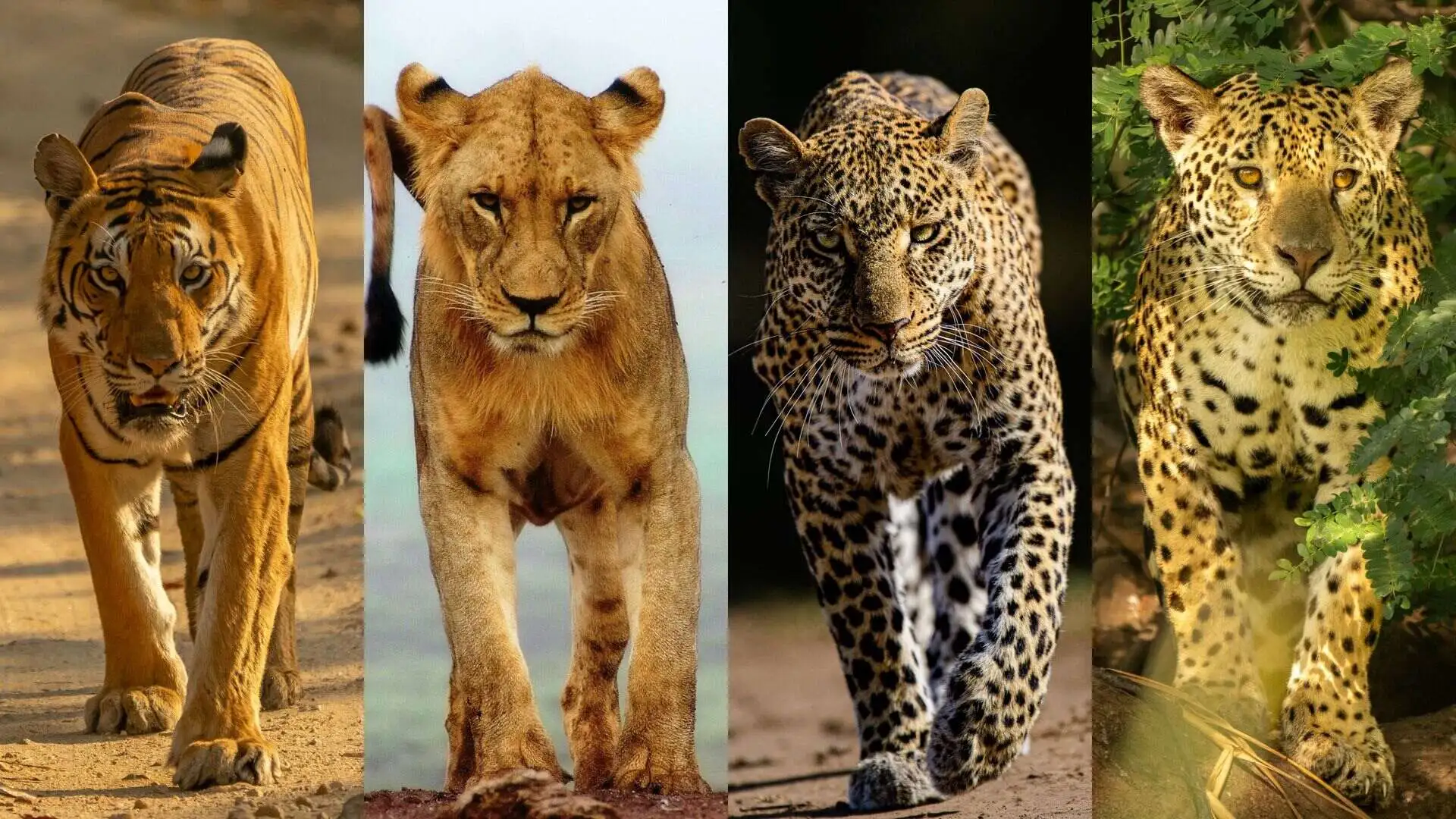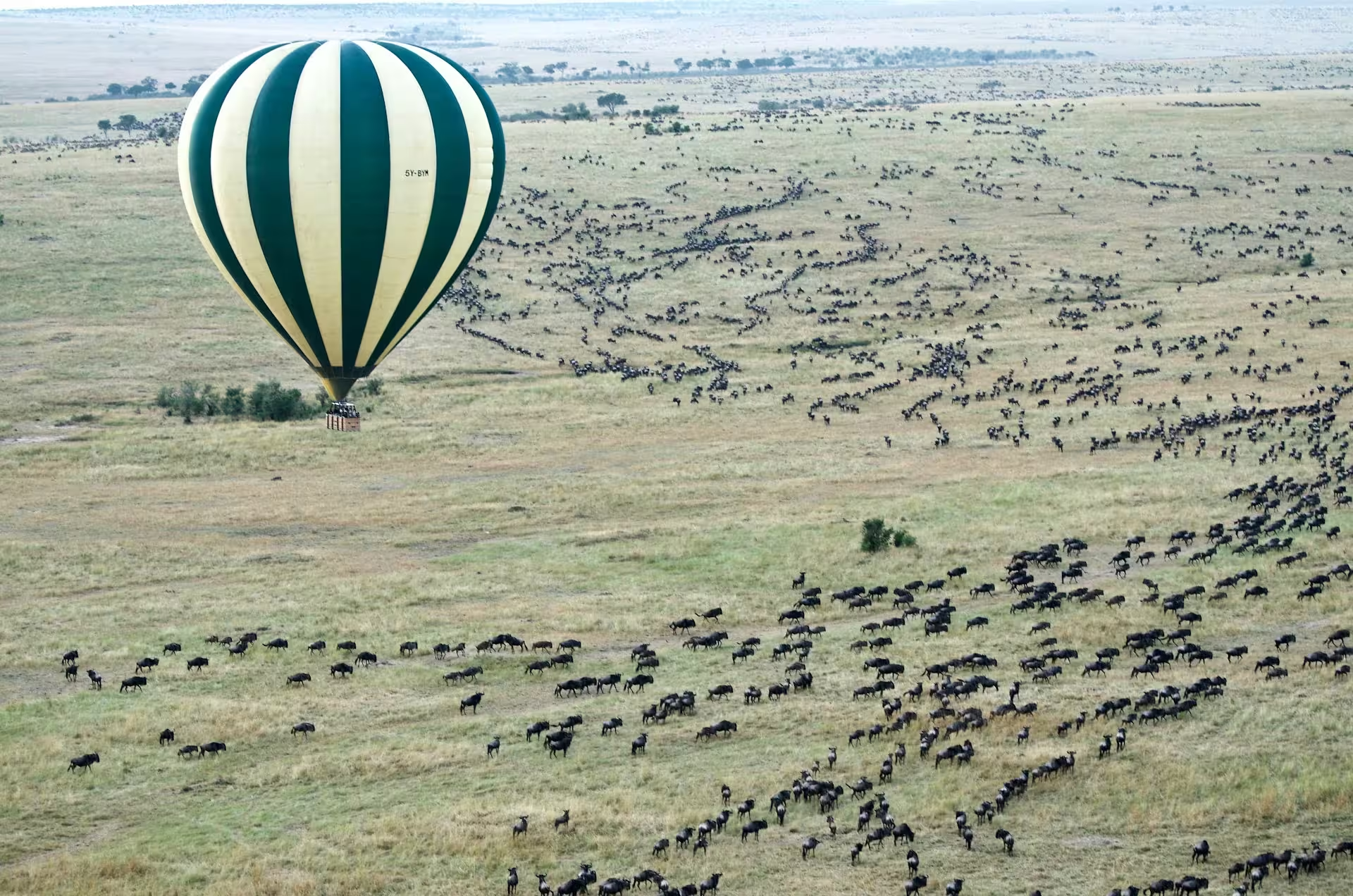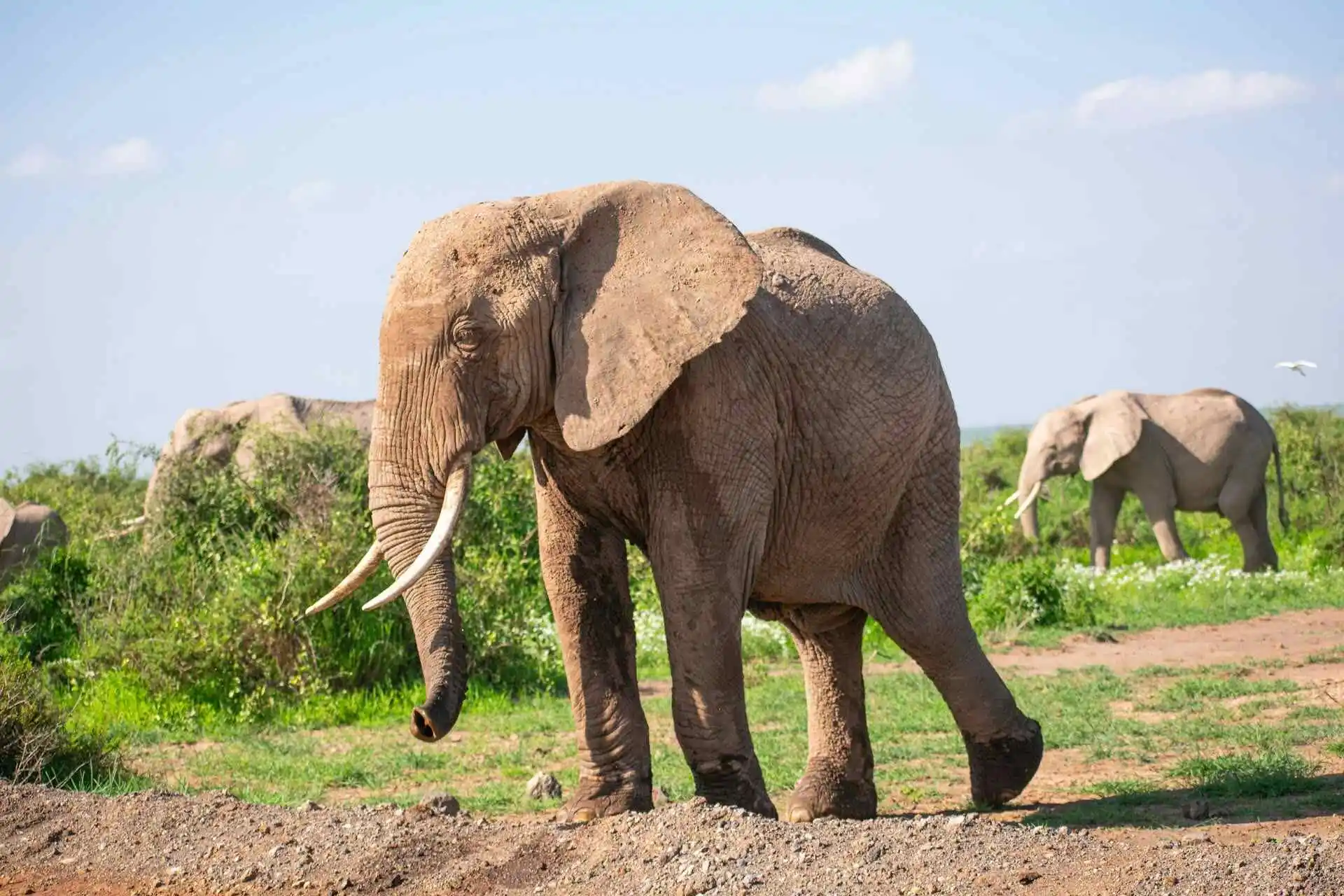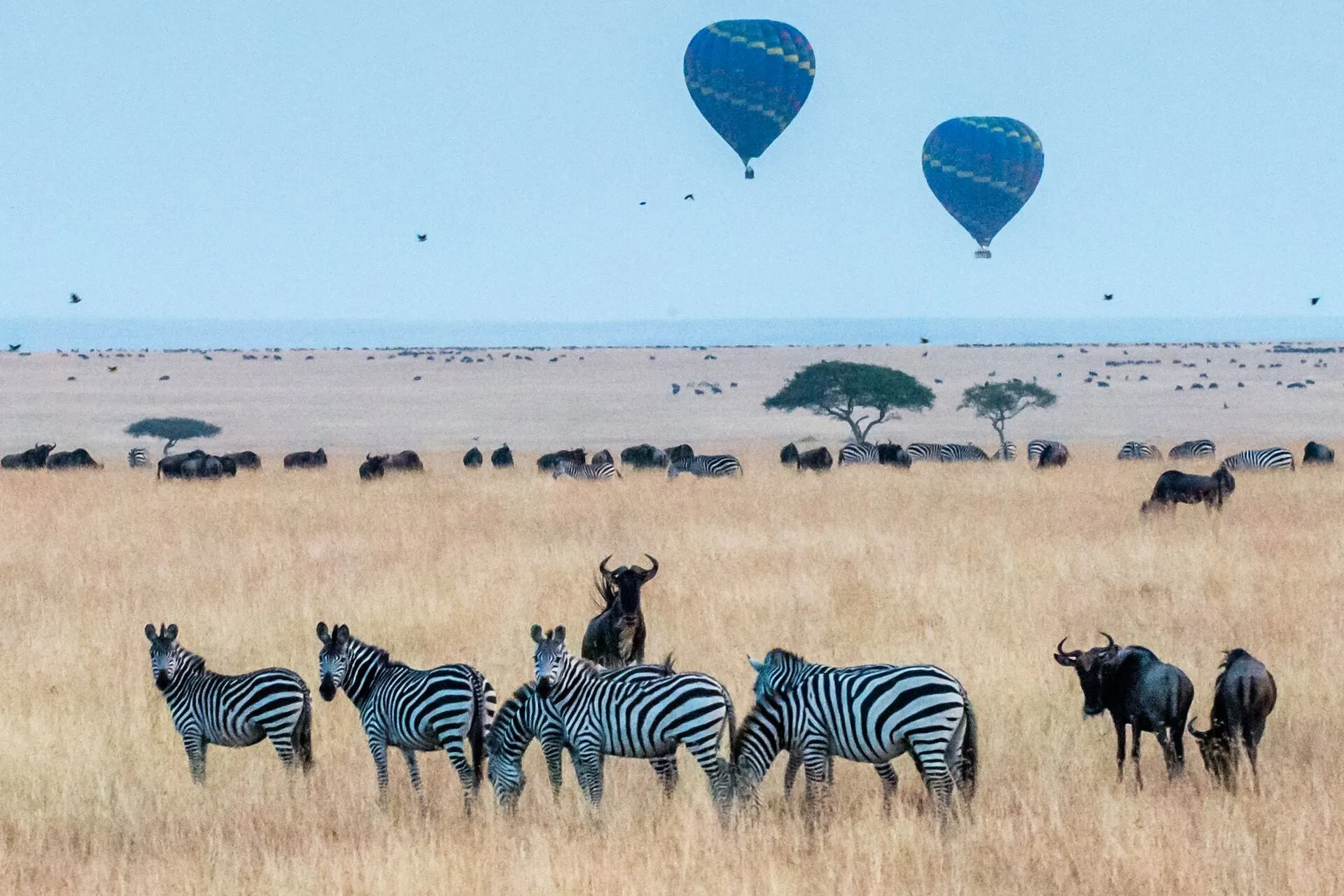Standing like ancient sentinels across the African savannah, baobab trees capture the imagination of every safari-goer lucky enough to encounter them. These remarkable trees aren’t just plants—they’re living monuments that have witnessed centuries of African history.
The baobab’s distinctive silhouette is unmistakable: a massive, swollen trunk topped with a sparse network of branches that resemble roots reaching toward the sky. This unusual appearance has earned them the nickname “upside-down trees,” as if nature playfully planted them backwards.
What makes baobabs truly extraordinary is their incredible longevity. Many of these giants have stood watch over the savannah for over 1,000 years! Their massive trunks—sometimes reaching 30 feet in diameter—serve as natural time capsules, silently observing generations of wildlife and human civilizations come and go.
Key Characteristics Table
| Characteristic | Details |
|---|---|
| Scientific Name | Adansonia digitata (African Baobab) |
| Common Names | Tree of Life, Upside-Down Tree, Monkey Bread Tree |
| Lifespan | Over 1,000 years (some over 2,500 years) |
| Height | 5 to 30 meters (16 to 98 feet) |
| Trunk Diameter | Up to 10 meters (33 feet) |
| Ecological Role | Provides food, shelter, and water for wildlife |
| Cultural Significance | Considered sacred in many African traditions |
The Mystical Beauty of the Baobab
The baobab’s unusual appearance has sparked wonder for centuries. Their enormous trunks can store up to 32,000 gallons of water, helping them survive the harshest droughts. During dry seasons, these trees stand leafless, their twisted branches silhouetted against golden savannah sunsets, creating some of Africa’s most iconic vistas.
These ancient trees hold deep cultural significance across the continent. Many African communities revere baobabs as sacred beings possessing magical properties. Some believe spirits inhabit these trees, while others see them as conduits between our world and the ancestral realm. A baobab’s presence often marks places of community gathering, celebration, and storytelling.
Their sheer presence commands respect. When you first encounter a massive baobab, possibly hundreds of years old, you can’t help but feel humbled by its endurance and majesty.
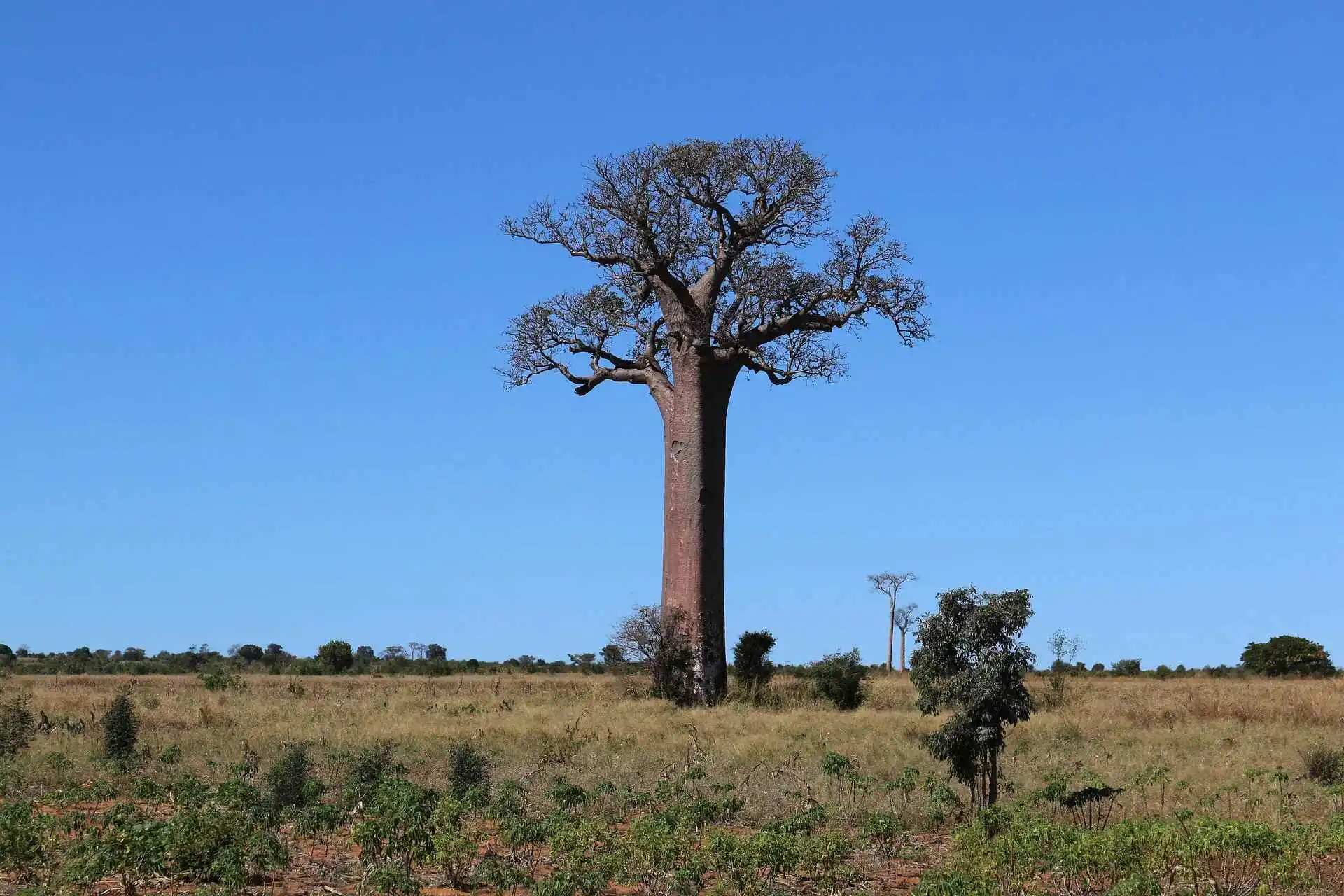
Sacred Tree: Cultural Significance
Across Africa, the baobab features prominently in folklore and origin stories. The Bushmen of the Kalahari believe baobabs once walked the earth until the gods forced them to grow upside-down as punishment for their pride. In other traditions, baobabs are said to have displeased the creator and were tossed back into the ground, landing roots-up.
These treasured trees serve important practical and ceremonial functions in many communities. Village elders often gather under baobab shade to make important decisions. Traditional healers use various parts of the tree in rituals and remedies. Some hollow baobabs have even served as natural shelters, shops, or sacred spaces—there’s a famous baobab in South Africa that once functioned as a pub!
The spiritual importance of baobabs transcends regional boundaries. From West Africa’s griot storytellers to East African pastoralists, these trees represent continuity, resilience, and the enduring connection between people and the land. They’re not just trees but living ancestors, deserving of respect and protection.
Baobabs & Safari Wildlife
Baobabs aren’t just cultural icons—they’re vital ecosystem anchors supporting diverse wildlife. During dry seasons, elephants sometimes strip baobab bark to access the water stored within. While this might seem destructive, it’s actually part of a natural relationship that’s evolved over millennia.
The relationship between baobabs and big cats adds another layer of fascination for safari enthusiasts. While leopards occasionally climb into baobab branches for a safe resting spot or to protect their kills, lions frequently patrol territories marked by these massive trees. The savannah landscapes where baobabs thrive are prime hunting grounds for Africa’s great predators.
The tree’s ecosystem extends beyond mammals. Fruit bats play a crucial role in baobab reproduction by pollinating their night-blooming flowers. When hollows form in older trees, they become natural nesting sites for owls, hornbills, and other birds. Even insects find homes in baobab bark, creating a thriving miniature world that attracts smaller predators and contributes to the savannah’s biodiversity.
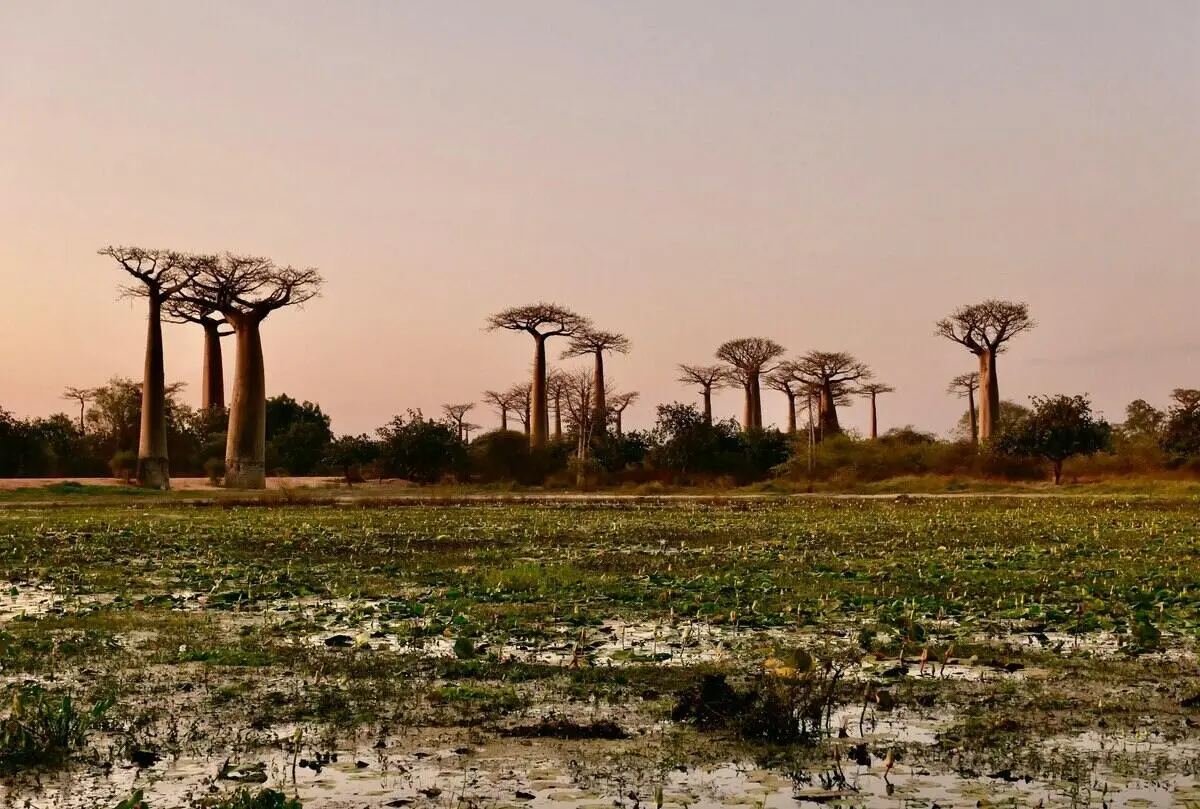
Best Places to See Baobabs on Safari
For the most spectacular baobab encounters, these parks should top your list:
- Tanzania’s Tarangire National Park is renowned for its impressive concentration of baobabs dotting elephant-rich landscapes. The contrast between massive pachyderms and these ancient trees creates unforgettable photo opportunities.
- Kruger National Park in South Africa features magnificent specimens, especially in its northern regions. Here, baobabs create the perfect backdrop for lion and leopard sightings.
- Zimbabwe’s Hwange National Park combines excellent big cat viewing with stunning baobab-studded vistas, particularly beautiful during the golden hour.
- In Botswana, visit Chobe National Park and the surreal landscapes of Makgadikgadi Pans, where isolated baobabs stand like lonely sentinels against stark salt flats.
- Madagascar offers the most diverse baobab viewing with six endemic species. The famous “Avenue of the Baobabs” near Morondava showcases the iconic Adansonia grandidieri species in a breathtaking alignment.
The best time to see baobabs in their full glory depends on what you hope to witness. Visit during dry season (May-October) when the trees are leafless to appreciate their sculptural silhouettes against clear blue skies. For flowering season, plan your safari between October and December when night-blooming white flowers appear, attracting fruit bats. If you want to see baobab fruits, January through April is ideal.
Why Baobabs Are a Must-See on Your Big Cats Safari
Encountering a magnificent baobab while on a big cats safari creates a perfect harmony of experiences—ancient flora meeting apex predators in their natural habitat. These trees aren’t just background scenery; they’re living monuments that complete the authentic African safari experience.
Imagine watching the sun set behind a thousand-year-old baobab while lions begin their evening patrol, or photographing a leopard lounging in dappled light beneath a baobab’s canopy. These moments connect you to Africa’s timeless rhythms and remind us that safari experiences go beyond just wildlife spotting—they’re about witnessing entire ecosystems in their complex beauty.
A baobab sighting offers perspective that complements the thrill of predator encounters. While tracking a cheetah provides heart-pounding excitement, standing beside a tree that has witnessed centuries of such hunts invites deeper reflection about nature’s endurance and wisdom.
When you return home with stories of your African adventure, the image of the mighty baobab standing sentinel over lion territory will likely remain one of your most treasured memories—a symbol of wild Africa at its most authentic and magnificent.
Ready to experience the Baobab tree up close?
Explore the iconic landscapes where these ancient trees stand tall and witness Africa’s incredible wildlife in their natural habitat.

